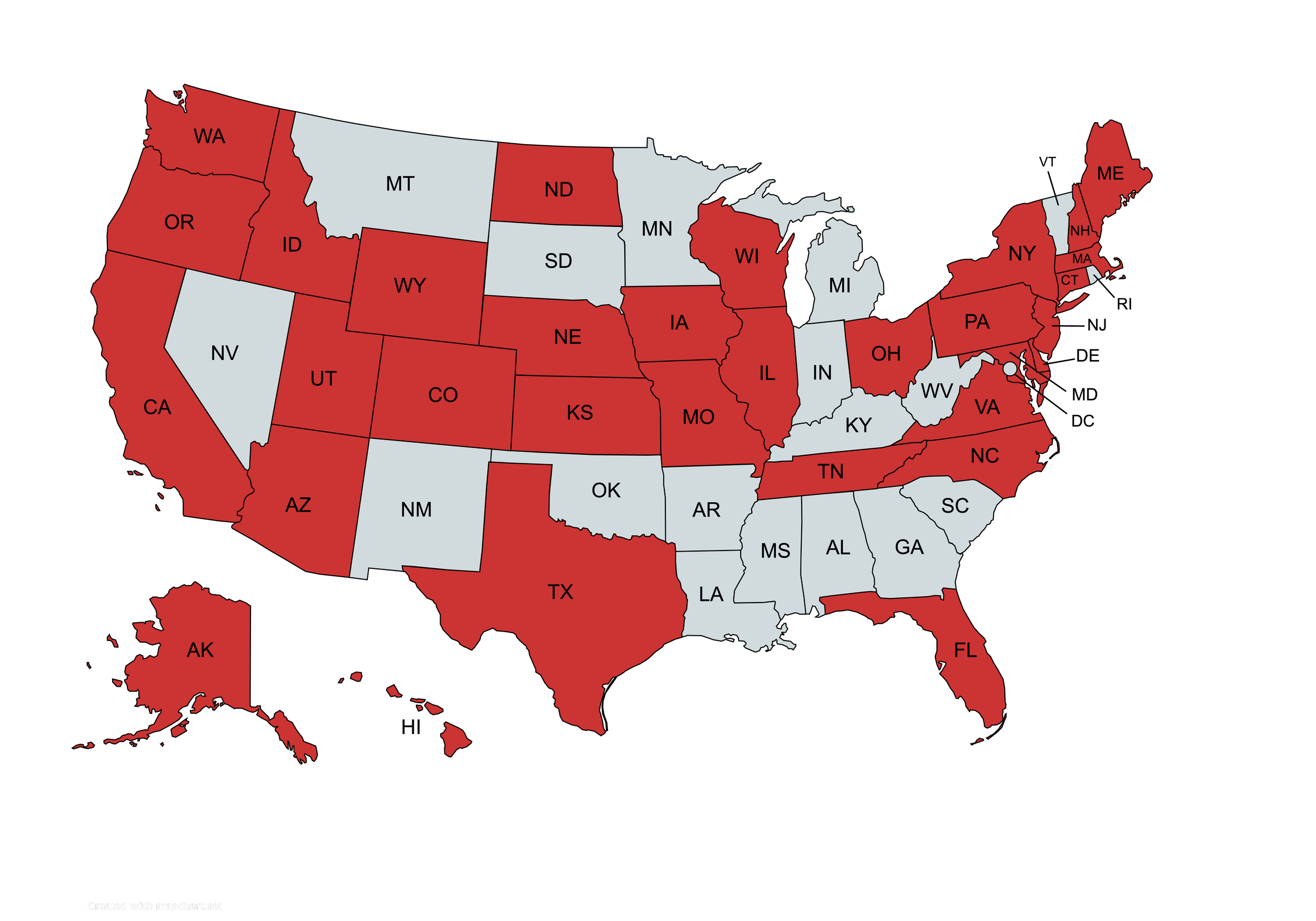
Overview
Background
Cancer is a leading cause of fire service morbidity and mortality, and the International Agency for Research on Cancer (IARC) has determined that occupational exposure as a firefighter causes cancer.
Firefighters are exposed to multiple carcinogens in the workplace through inhalation, skin contamination, and ingestion.
We currently do not understand which individual exposures are responsible for cancer in firefighters, the mechanisms by which these exposures cause cancer, or effective means of reducing exposures. In the FFCCS we use biomarkers measured in blood and urine to evaluate both exposures and their effects.
Since cancer has a long latency period between initial exposure and the onset of disease, biomarkers are also needed that can measure the effects of carcinogen exposure well before the development of cancer, when interventions to prevent disease could be effective.
As of October 1st, 2025, 8,228 firefighters from over 400 departments across 32 states are participating in the FFCCS.
States with participating fire departments

Importance
Unlike retrospective studies which look backward, this prospective study allows researchers to gather information over time on exposures and other risk factors, along with repeated measures of early signs of disease (like epigenetic changes) that could lead to cancer.
This design enables investigators to evaluate how current firefighting practices and exposures affect these early indicators in the short term and the onset of disease in the long term.
Chemicals under scrutiny include known human carcinogens such as benzene, formaldehyde, certain polycyclic aromatic hydrocarbons (PAHs), and diesel engine exhaust, as well as halogenated compounds (like chlorinated and brominated flame retardants, perfluorocarbons, etc.), which may also pose cancer risks.
Studying biomarkers can reveal epigenetic changes linked to cancer and higher cancer risk. Knowing the specific exposures firefighters face and how they affect cancer risk is crucial for planning interventions to prevent cancer.

